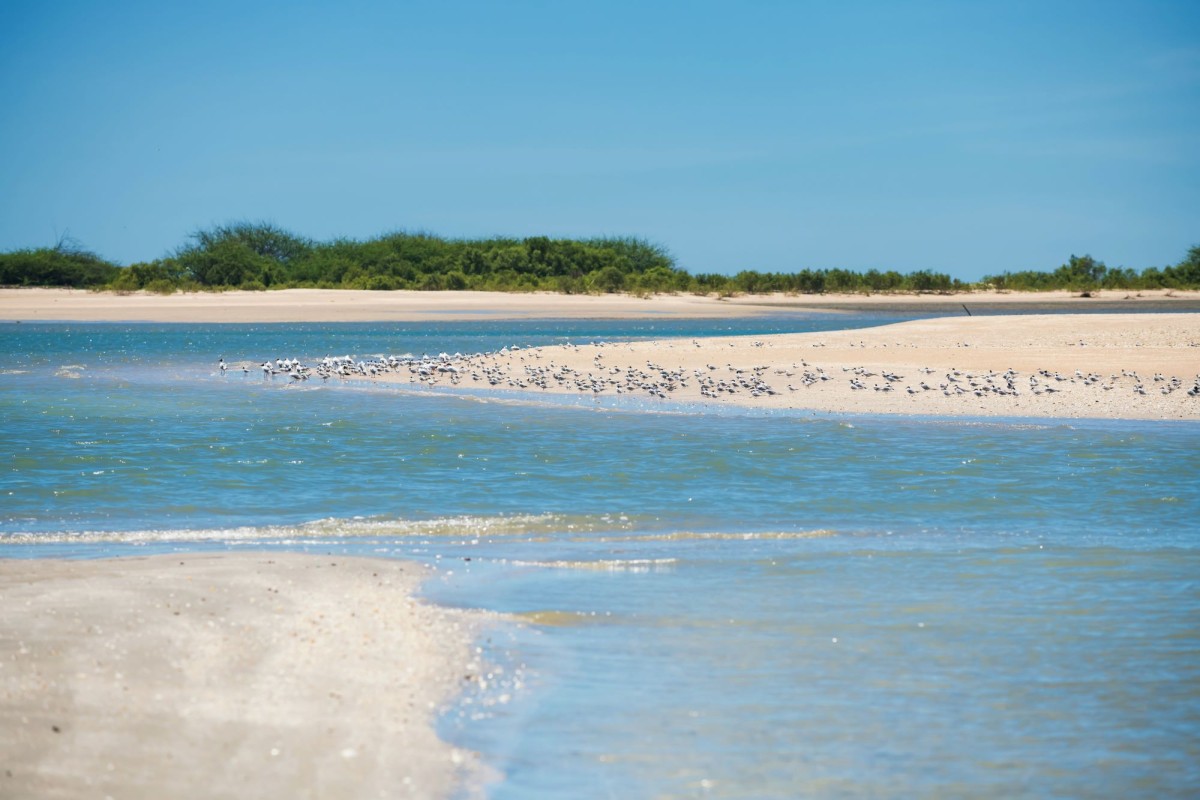
If talking about tourist attractions in the form of development, we will think of many royal projects in Thailand. Today, let’s get to know three locations in the western region.
Chang Hua Man Royal Initiative Project
The Chang Hua Man Royal Initiative Project is an agricultural model project that collects economic crops in Tha Yang District, Phetchaburi Province and nearby areas to be planted here. It has started operations since July 13, 2009. There were gracious varieties of yam that came out of the cassava that were displayed on the scales in the royal room at Klai Kangwon Palace to be planted here. Therefore, the project was named “Chang Hua Man Royal Initiative Project”. In the project, wind turbines are used to produce electricity for renewable energy, the production of safe crops from toxic substances, demonstrations of Jatropha planting, rice variety planting, fields to study and promote the production of rose apples, fields to study and promote the production of asparagus, composting, fruit and vegetable farming, field crops, and animal farms are all included.
This project has been opened as an area for the general public, students, students, families or groups to study and visit agricultural work with trams taking us around the farm with lecturers at each point. You can visit from 8:30 a.m. to 6:00 p.m., including bicycles for cycling around the project.

Laem Phak Bia Environment Research and Development Project under the Royal Initiative
Laem Phak Bia Environmental Research and Development Project, a royal initiative, is located in Laem Phak Bia Subdistrict, Ban Laem District, Phetchaburi Province. It is a project with His Majesty’s ideas on garbage and wastewater problems. The main objective is to research and find suitable technologies to solve wastewater and municipal waste problems that are economical, convenient, easy to do, and can be widely applied to other areas in the country. Utilizing technology, garbage has been disposed of through composting and fertilizing. Wastewater treatment technology treats wastewater using natural processes, and both wastewater and cleaned water can be utilized to cultivate crops. Here is another place that can visit and learn about the rich mangrove ecosystem. There is a nature study trail along the 850-meter mangrove forest path. A speaker will discuss the significance of mangrove forests in municipal wastewater treatment as well as general information about mangrove ecosystems while a complimentary tram transports visitors around the tour at various spots.
Source: Office Of The Royal Development Projects Board
Tel: +66 2447 8501-6